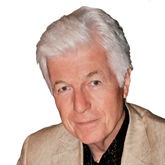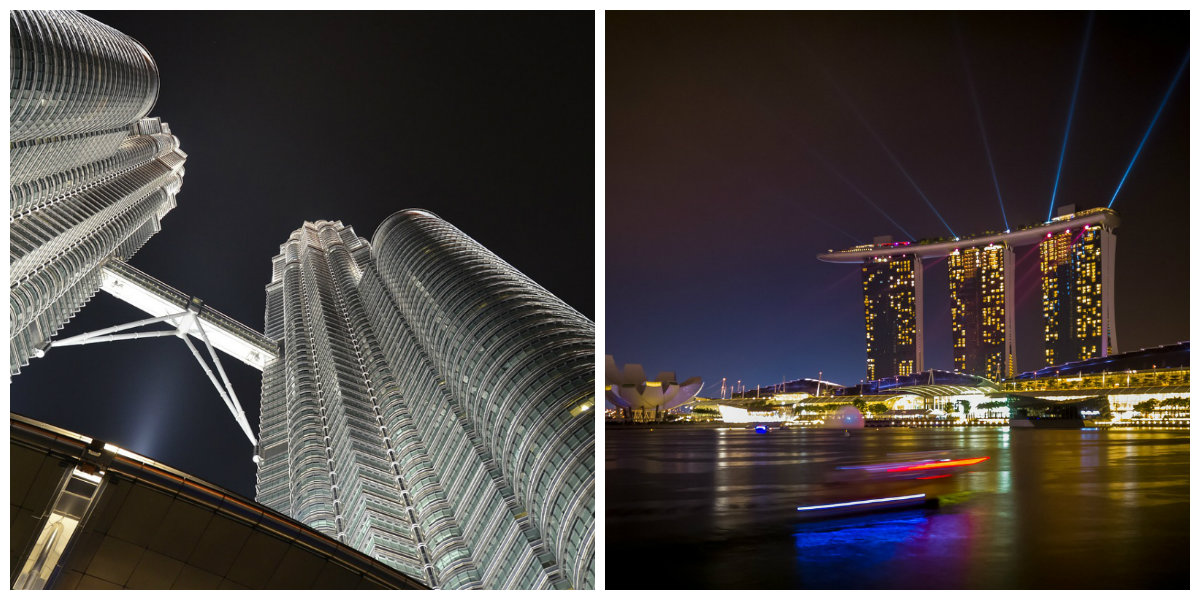Expats do not have to live in Malaysia or Singapore long to learn that there is a lot of rivalry between Singapore and Malaysia. While they are often quick to criticise each other, they also realise the benefits the other side enjoys. Just look at the number of Singaporean tourists coming to Malaysia every year for holidays or cheaper buys, as well as the large number of Malaysians with Singapore Permanent Residency.
On my first visit to Singapore in the 1970s, despite wearing a smart suit and travelling first class with one of our senior management, I was asked to move to another line where the length of my hair was checked. I bent my head slightly forward to reduce the risk of it going over my collar and was curtly told to “stand up straight!” Had I failed the test, it was an instant haircut or a ticket out of the country. Despite the fact the city-state was growing impressively, the experience left me with a distinctly negative feeling. My first visit to Kuala Lumpur, around the same time, was like travelling back in time. The Hilton, which was the first 5-star international hotel in KL, had just opened. Road traffic was minimal, and I had only travelled a few kilometres to a friend’s house and was soon surrounded by rubber plantations. He and his wife said they loved living here, but as a young single man with a love of the night life, I was happy to be based in bustling Manila.
Both Singapore and Malaysia were transformed by two remarkable men. The late Lee Kuan Yew managed to make a small island with virtually no natural resources into one of the most successful economies in the world. Its only real asset was its geographic location, so he focused on adapting the population to meet the needs of the international community. He put great emphasis on education, encouraging Singaporeans to speak English and motivating them to work for large corporations. He also made sure the city worked as efficiently as possible and then went about encouraging large multinationals to set up operations there. It was an extremely successful strategy.
Former Prime Minister Mahathir Mohamed was the key person to transform Malaysia. During his 22 years as Prime Minister, he focused on modernisation, economic growth, and investment in infrastructure. He also had to devote a lot of energy to addressing the racial issues which have been an ongoing issue in Malaysian politics and society. The transformation was very impressive and newly arrived visitors and expats repeatedly voiced their amazement at how developed KL was.
Both leaders were regarded as authoritarian. Lee Kuan Yew was probably stricter than his Malaysian counterpart, and Singapore became infamous for all the campaigns they implemented to correct ‘antisocial’ behaviour. Both countries rank badly when it comes to the freedom of the press. In the last Press Freedom Index, compiled by Reporters Without Borders, Malaysia ranked 145th in the world, but as usual, Singapore was ranked even lower.
Lee Kwan Yew was willing to change when he felt his decisions were wrong or when changing circumstances required a new direction. He eventually removed restrictions on the length of people’s hair and in fact slowly allowed more liberal policies and less censorship. He also reversed his position on family size. After successfully encouraging parents to have small families in the early 1970s, the policy was reversed in the late 80s and the government encouraged larger families. However it was too late, and now the country relies heavily on foreign labour, which is not always well-received by Singaporeans.
It’s easy to criticise both leaders for their authoritarian style and, with the benefit of hindsight, highlight areas where their policies failed, but it is impossible not to recognise the enormous progress both countries made during the period these men were in power. It is doubtful that leaders with less autocratic styles would have been as successful. The current challenge is to continue the progress, while addressing those areas where more liberal policies would be more appropriate.
Despite the competition between the two countries, they both fully support a high-speed rail connection between Singapore and KL. It is
also a key part of Malaysia’s significant transportation initiatives. While long-term expats cannot fail to have noticed the massive investment in new and upgraded roads, they may not have appreciated the sizable investment in rail transportation.
Read This: Despite Some Hurdles, Malaysia Continues to Show Steady Economic Growth
Source: The Expat Magazine May 2015
"ExpatGo welcomes and encourages comments, input, and divergent opinions. However, we kindly request that you use suitable language in your comments, and refrain from any sort of personal attack, hate speech, or disparaging rhetoric. Comments not in line with this are subject to removal from the site. "






















Very well said Sherlouis Jjhmc Edmonds
Singapore has progressed by leaps with a strong showing of the SG dollar whilst Malay sia has regressed by leaps towards bankruptcy with a weak showing of the national currency.A country rich in natural resources vs SG with no natural resources!!!Its the governments failure or rather the ppl who are governing who are killing the nation towards bankruptcy!!!
Silvia Sancesario Porto Ricardo Luiz Marmo Fadini
Farzad Kabiri